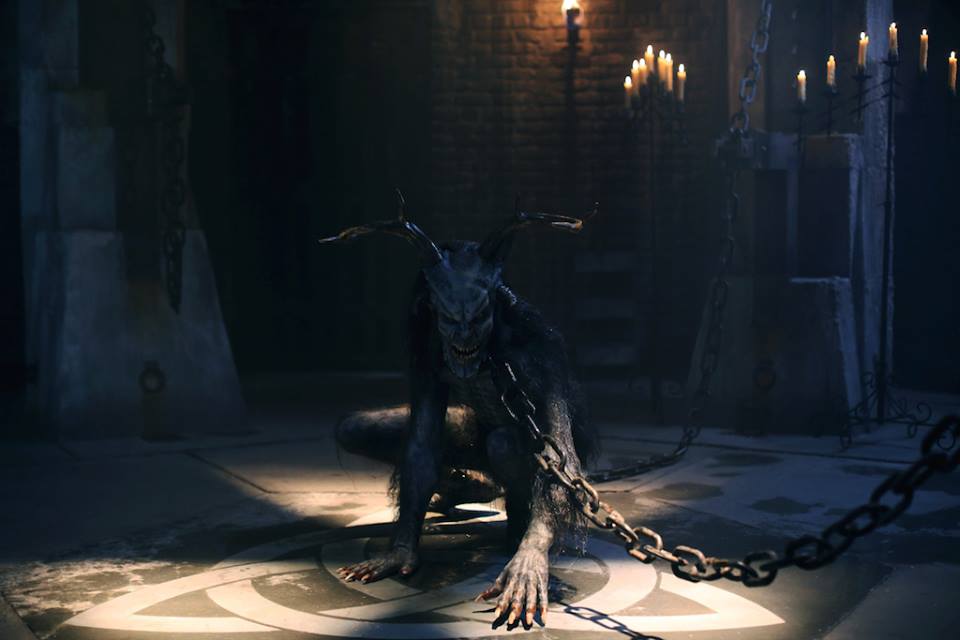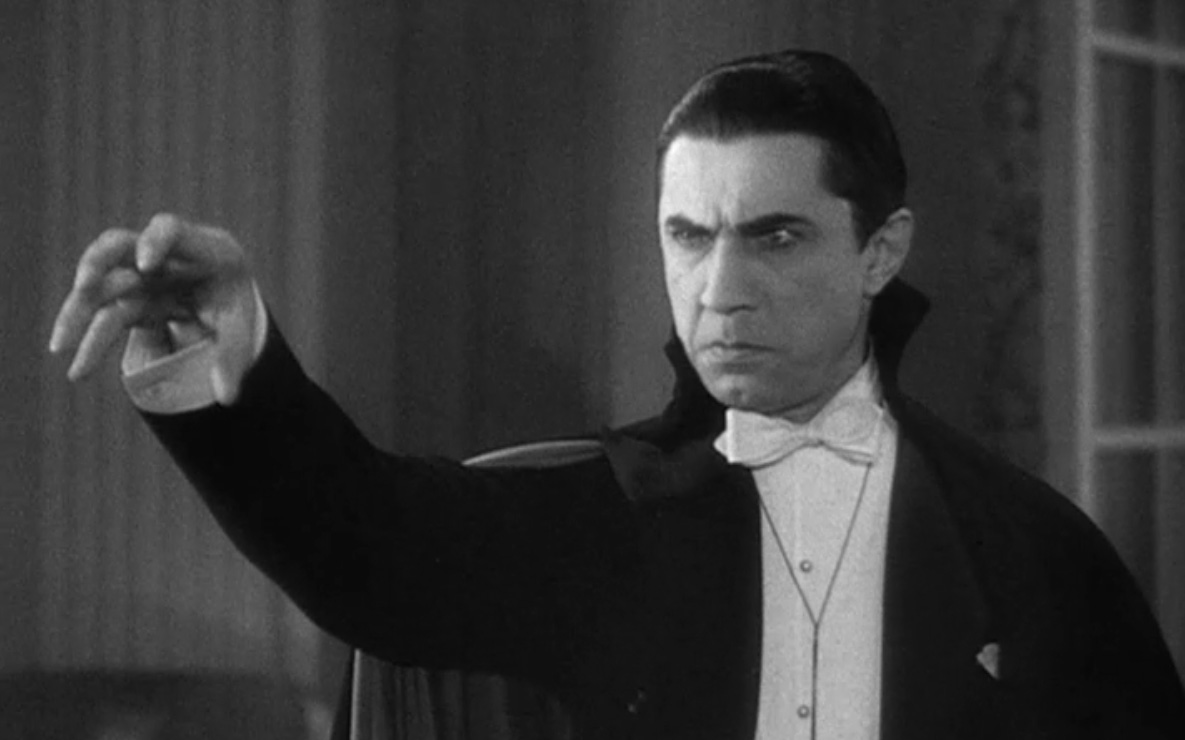
A wendigo, as he appeared in Season Two, episode 6 of SLEEPY HOLLOW (which first aired on October 27, 2014).
Many people have a day off this week to celebrate the arrival of Christopher Columbus in the New World on October 12, 1492. When I was young, school was closed on October 12 each year; now the schools and the government are closed on the second Monday of October to make a 3-day weekend and many are calling for a re-designation of “Columbus Day” as “Indigenous Peoples Day.” Others like to point out that many others — such as the Vikings or the Chinese — had arrived in the New World many centuries before Columbus did. However you choose to designate the occasion, it was clearly a turning point in world history. It also seems appropriate to muse on a monster of Native American folklore who has appeared frequently in urban fantasy literature: the ever-popular wendigo.
A wendigo is a half-beast creature appearing in the legends of the Algonquian peoples along the Atlantic Coast and Great Lakes Region of both the United States and Canada. It is particularly associated with cannibalism. The Algonquian believed those who indulged in eating human flesh were at particular risk; the legend appears to have reinforced the taboo against the practice of cannibalism. It is often described in Algonquian mythology as a balance of nature. Basil Johnston, an Ojibwe teacher and scholar from Ontario, gives one description of how wendigos were viewed:
“The wendigo was gaunt to the point of emaciation, its desiccated skin pulled tautly over its bones. With its bones pushing out against its skin, its complexion the ash gray of death, and its eyes pushed back deep into their sockets, the wendigo looked like a gaunt skeleton recently disinterred from the grave. What lips it had were tattered and bloody [….] Unclean and suffering from suppurations of the flesh, the wendigo gave off a strange and eerie odor of decay and decomposition, of death and corruption.”
I first met the wendigo (who has since also appeared on television and in movies) in the novel Stray Souls, the first in the Magicals Anonymous series by Kate Griffin. I cannot recommend any of Kate Griffin’s books too highly! I don’t want to give away too much of the plot of Stray Souls so I will only say that a wendigo appears in it and is quite a fascinating character, since he is known primarily as a creature in Native American folklore even though he appears in the streets of London in Griffin’s book. She describes the wendigo, “whose laugh was a hunting cry and whose face was a split in a fanged grin of ecstacy,” as he attacks Sharon Li and her stalwart crew:
“…he seemed to expand beyond the confines of his clothes. The tatty remnants of his shirt warped around him as claw and bone and flesh outgrew his human disguise. Flesh sank back into bone; skin spread out to billow around him like a warrior’s flag; fingers stretched into claws, and teeth expanded out of a black, mawing mouth. His eyes turned boiling red, nose flattened, ears stretched, and as his knees clicked backwards and talons ripped out through the constraint of his leather shoes, [he] rolled his neck from side to side and hissed: ‘So be good to me!’ ”
The wendigo also seems to be related to the “naagloshi”, a Native American shapeshifter who is called a Skinwalker in English, in Turn Coat (#11 of the Dresden Files novels by Jim Butcher):
“…for a second the creature was visible as an immensely tall, lean, shaggy, vaguely humanoid thing with matted yellow hair and overlong forelimbs tipped in long, almost delicate claws…. The skinwalker followed her motion, surging forward, its body broadening and thickening into the form of something like a great bear with oversized jaws and vicious fangs. It overbore her by sheer mass, slapping and raking with its clawed paws, snapping with its steely jaws.”
How to spend your day off this week? Run, do not walk, to the nearest copy of either Stray Souls or Turn Coat!


